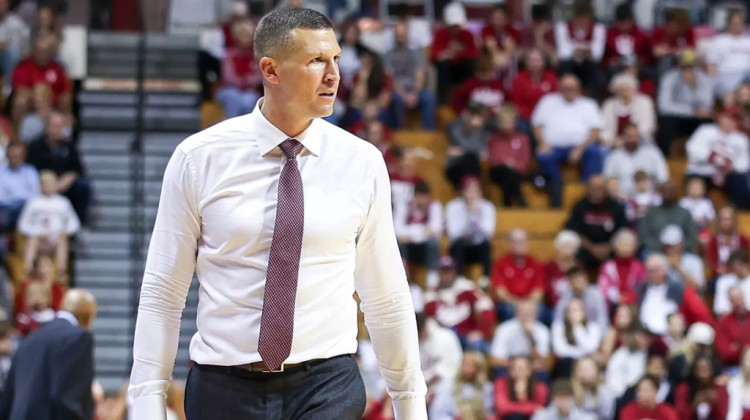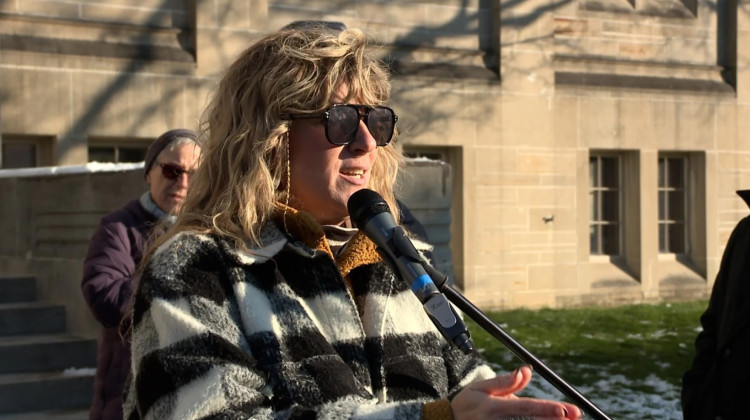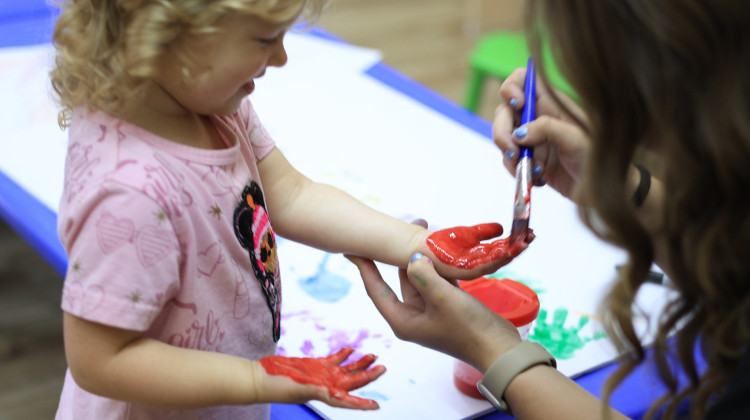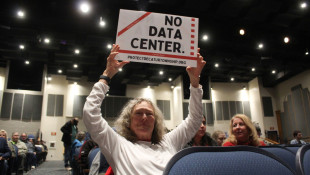Dr. Shirl Gilbert, former IPS superintendent and co-creator of the Bridges to Success initiative, returned to Indianapolis Tuesday to address community partners, leaders and educators marking the 20th anniversary of a model that’s been adopted by schools across the nation.
Irv Katz , former president and CEO of The United Way of Central Indiana, worked with Gilbert to launch the plan in 1993-94.
"You're really creating opportunity schools so that the kids can continue to move forward together," explains Katz. "Let's face it, not all kids have the same opportunities, not all of us had the same opportunities."
Bridges to Success is a community school strategy that organizes support for students who might not have easy access to resources like mentoring, health services and after school programs.
D’Angelo Morton is a sixth-grader at IPS #48, one of the 20 IPS schools using the model. He’s been able to take advantage of coordinated services at his school and says he’s especially benefitted from United Way’s ReadUp tutoring program.
"My behavior has been better, my academics have been better, and it's really helped me out school wise," says Morton.
ReadUp matches volunteers with third through fifth graders to help them meet grade level literacy.
The one-on-one approach is at the heart of the Bridges to Success approach and it’s paying off says Jay Geshay, Senior Vice President at United Way of Central Indiana.
"If you look at the ISTEP scores, the english, language and arts, we saw a 7 percent higher passing rate of those that are in the BTS programs then those that are not in the BTS programs," says Geshay.
But the programs are expensive to run and right now they’re available in fewer than half of IPS’ elementary schools.
"In every school it requires a coordinator to be responsible for making connections with families, parents, community providers and businesses and the programs," explains Geshay. "There is a cost to running an after school program. To do it well."
Of course every school is different and every student’s needs are unique. Katz says IPS is using the model to its best advantage by taking this into account.
"It's not cookie cutter, you're school coordinators make that true. Your connection between the school and the neighborhood, and the parents, and the kids, and the social services that surround you make it unique," says Katz. "But you're doing it in a holistic way."
Schools outside of the Hoosier state that have implemented models based on BTS might not be using exact methods but take from the proverb “It takes a village to raise a child.”
"In many different cities across the United States the concept of businesses and providers helping schools for student success is the common theme," says Geshay.
IPS hopes to expand the program to reach a majority of the elementary schools.
To date, United Way of Central Indiana says the model for student success has benefited more than 200,000 local students.
 DONATE
DONATE







 View More Articles
View More Articles

 Support WFYI. We can't do it without you.
Support WFYI. We can't do it without you.